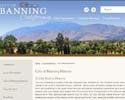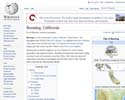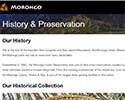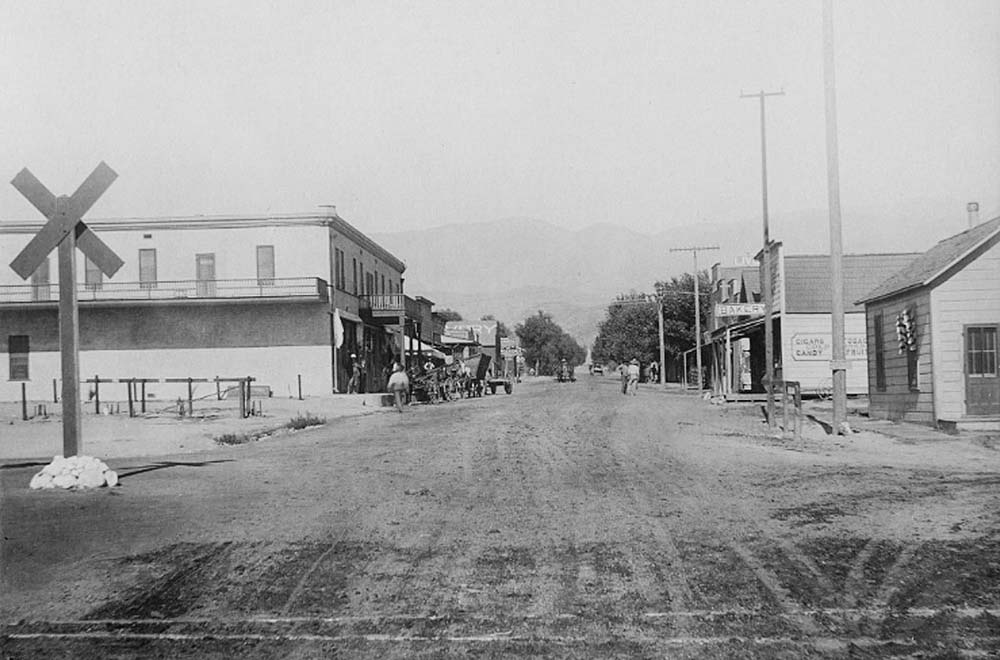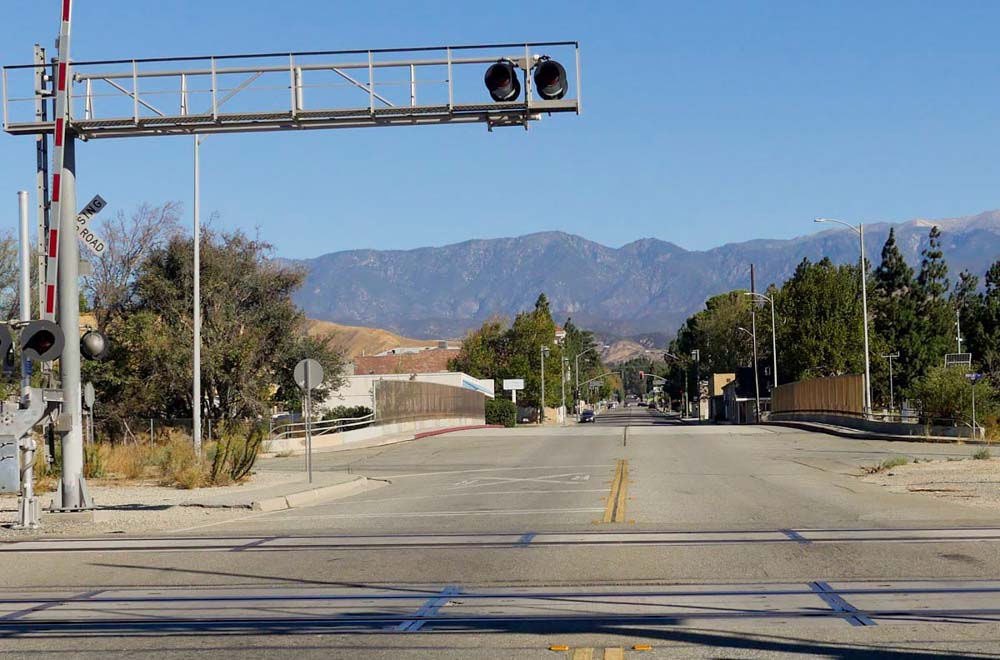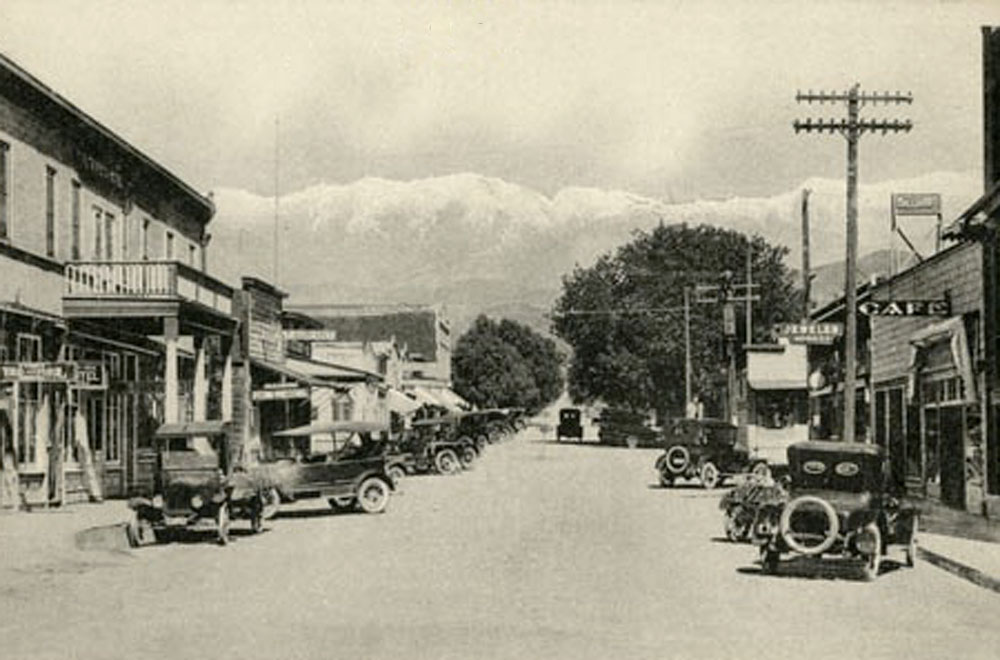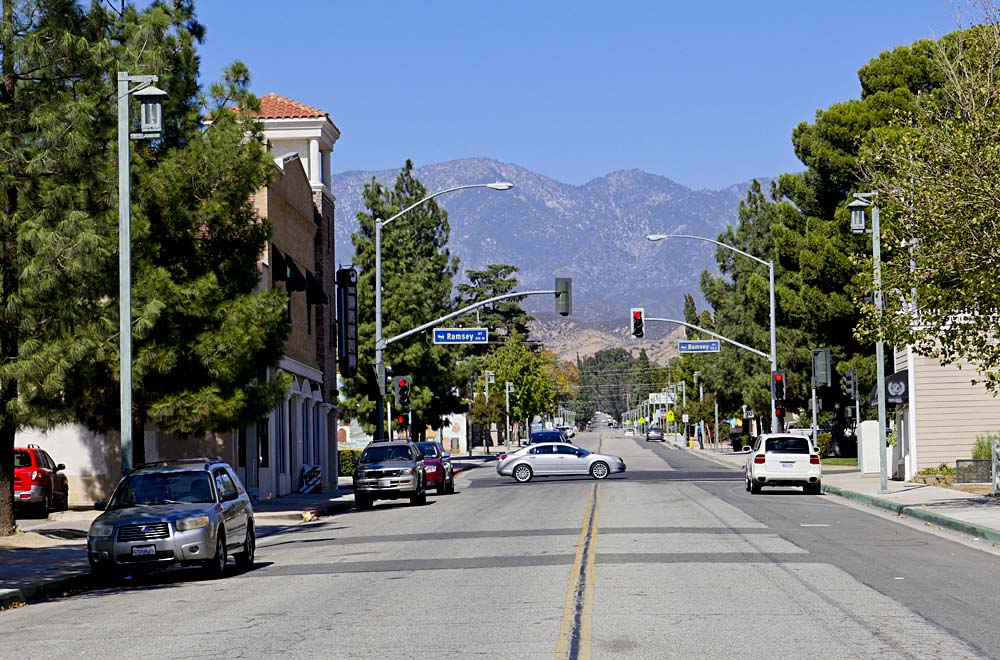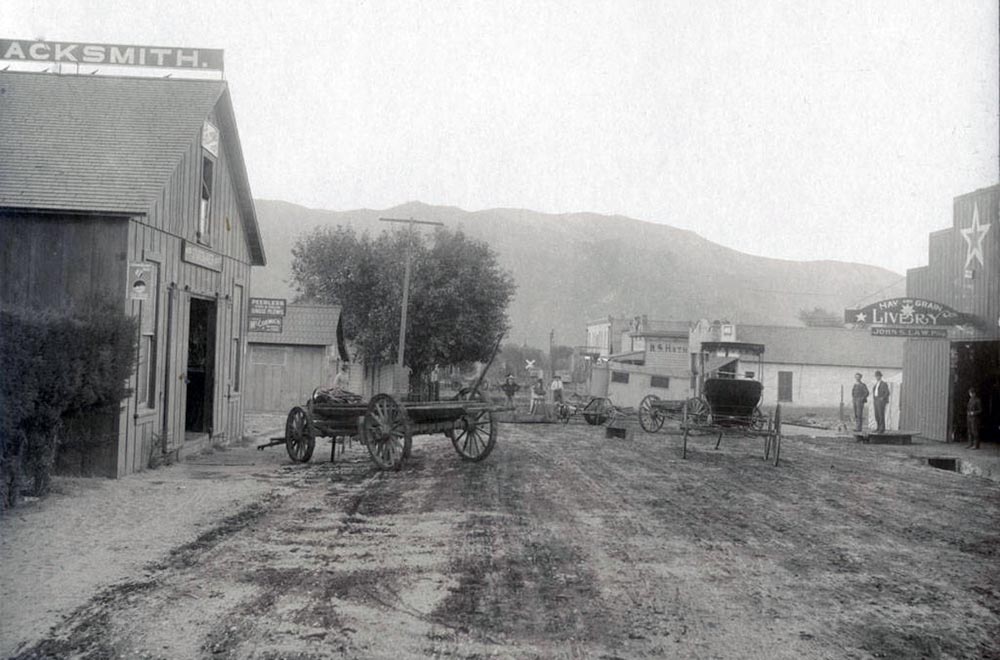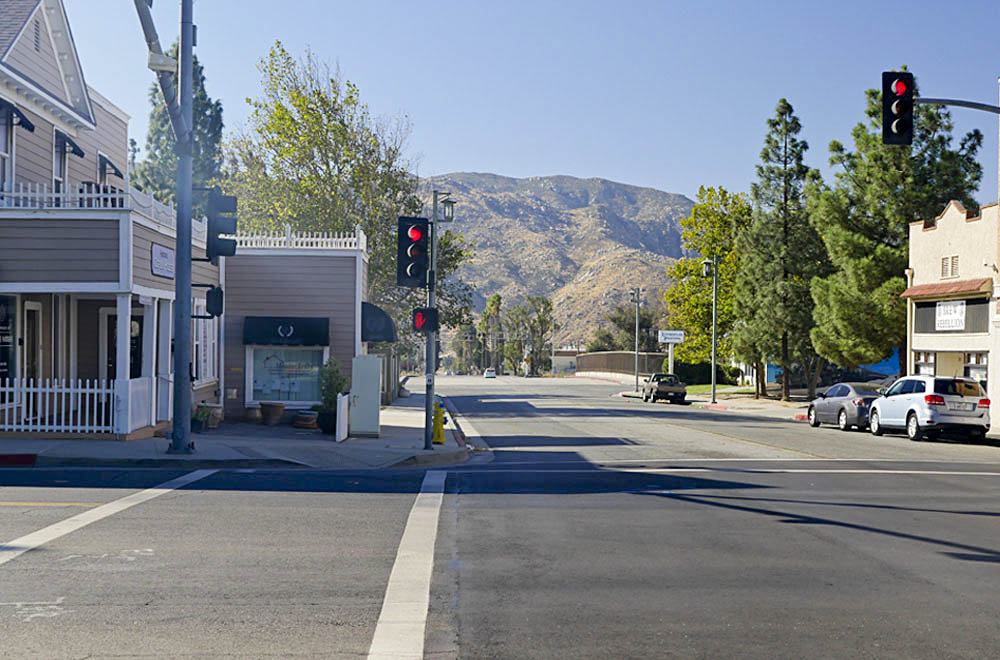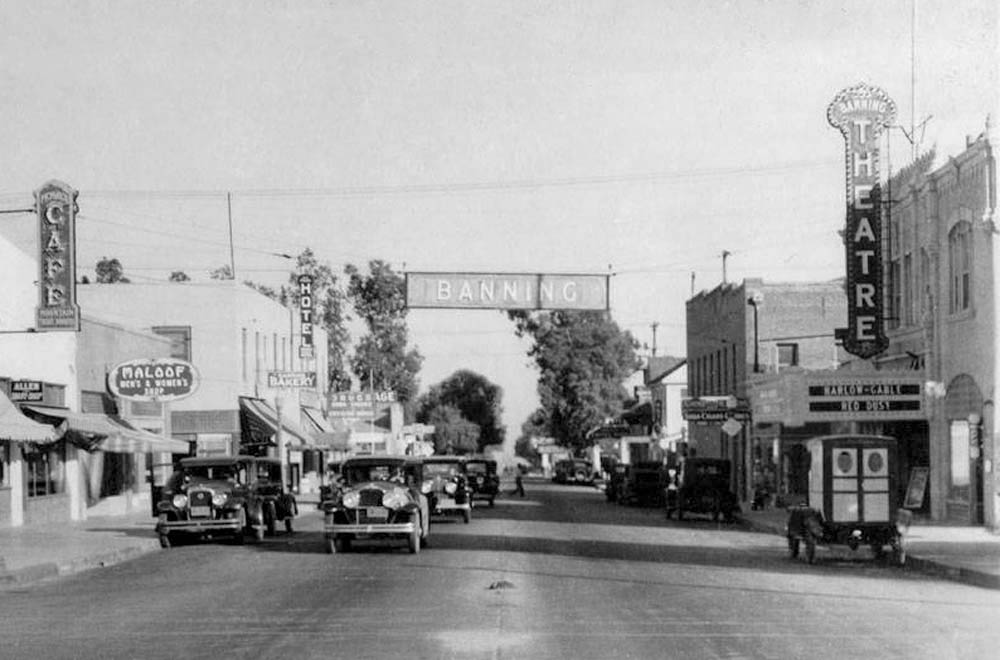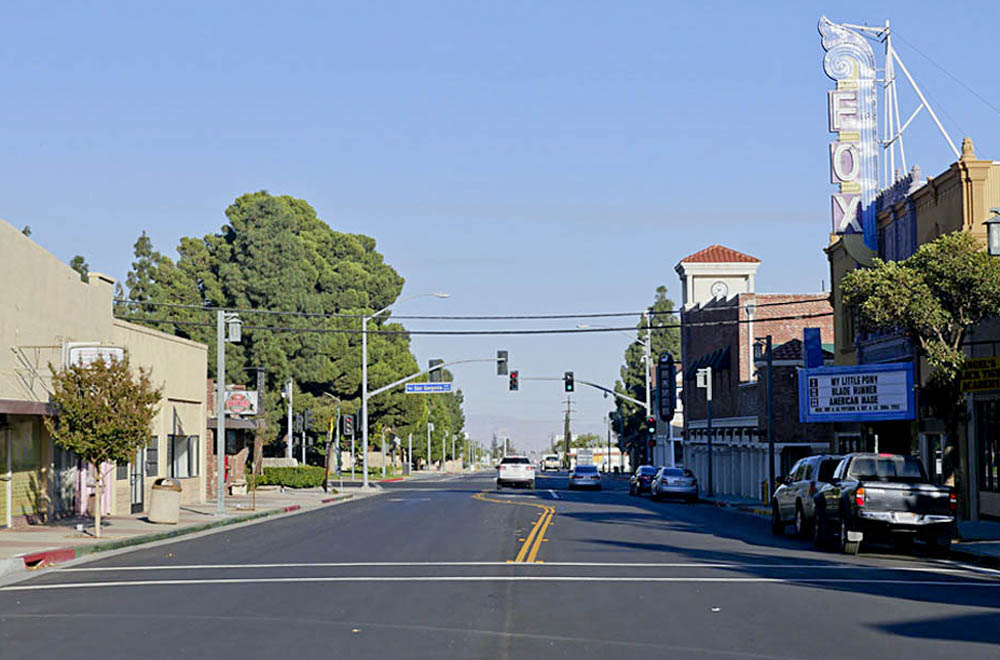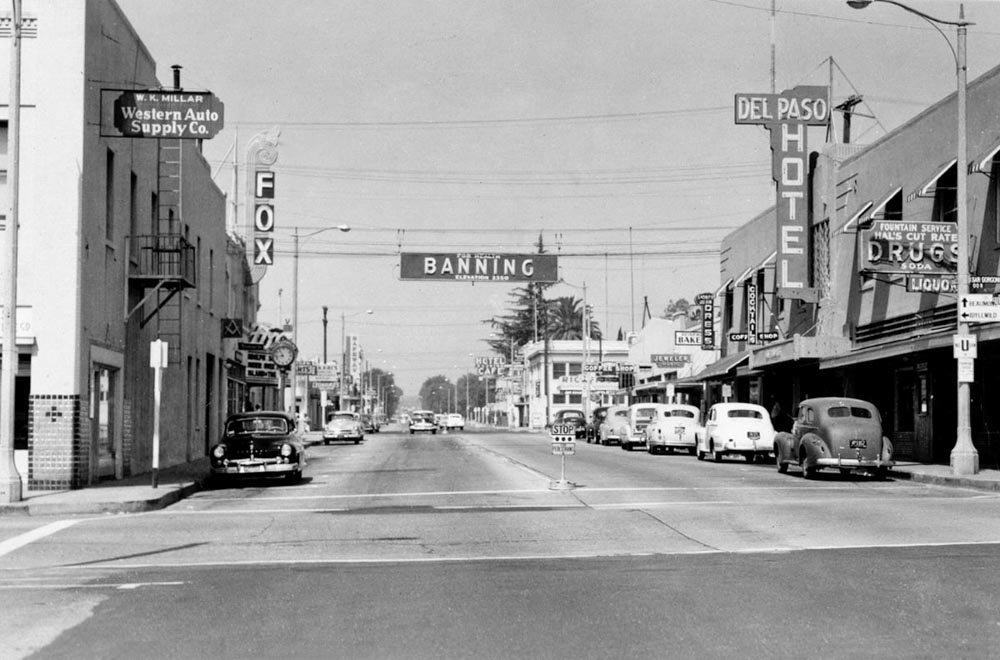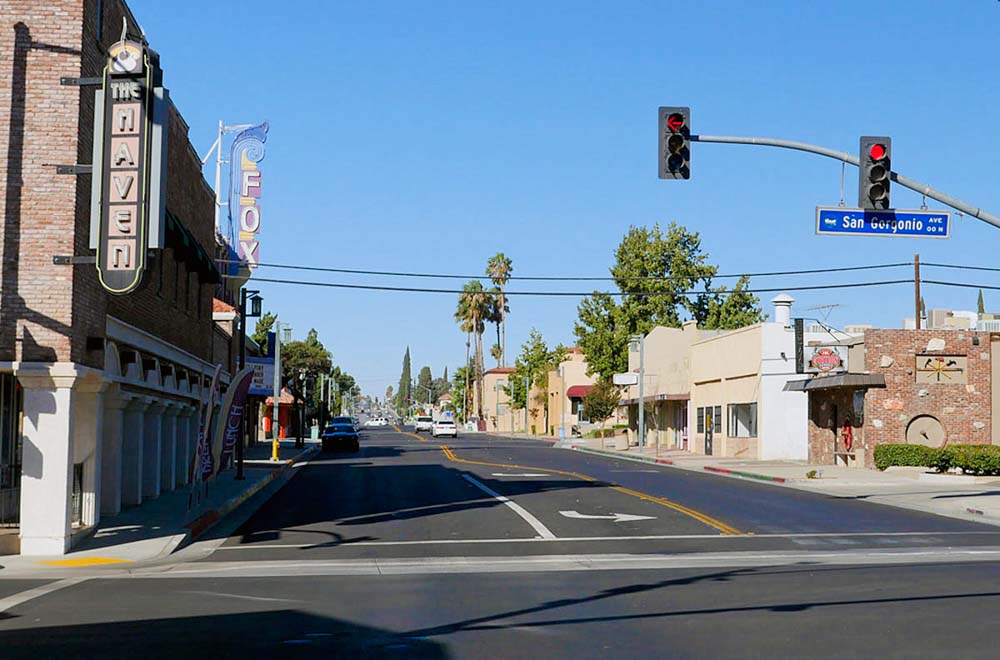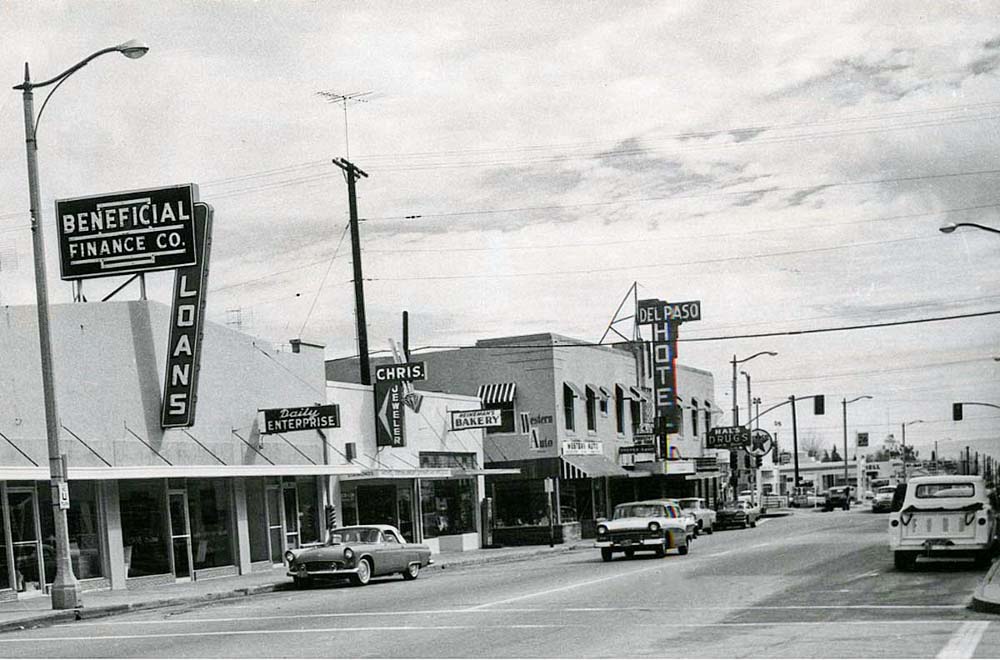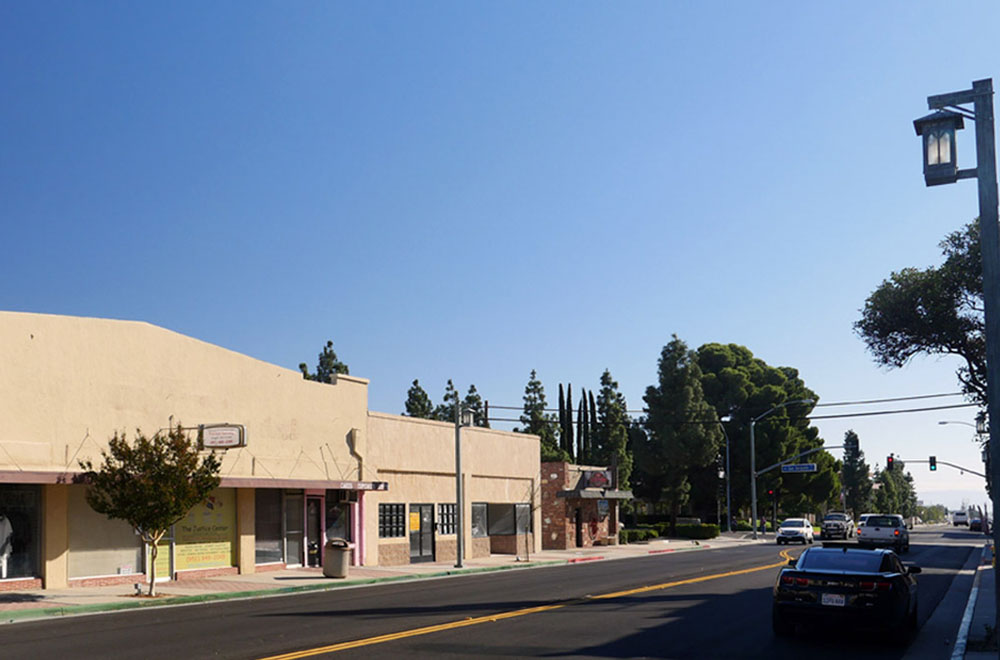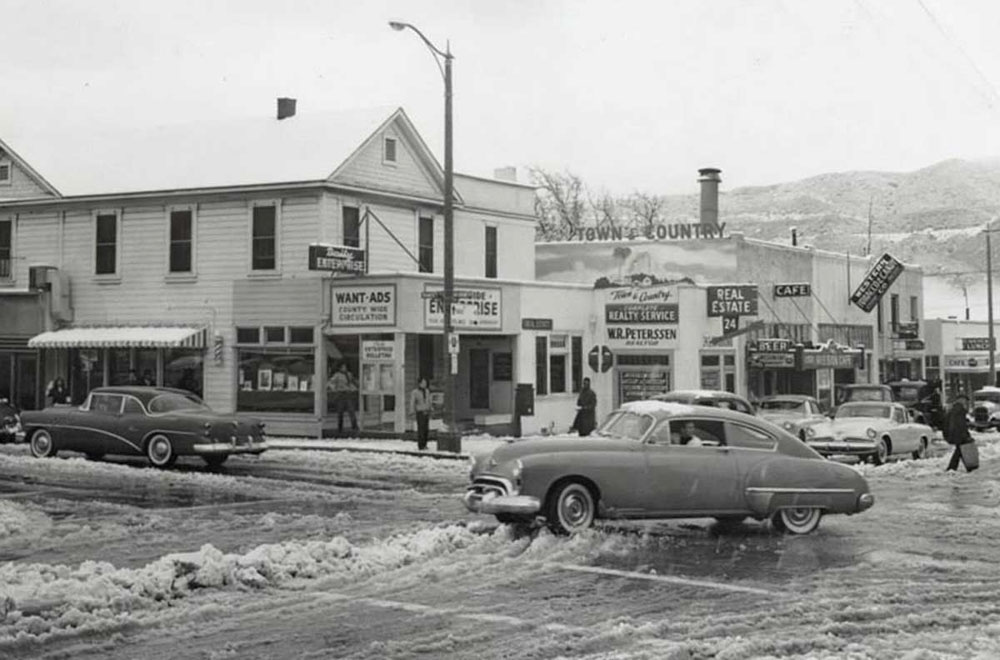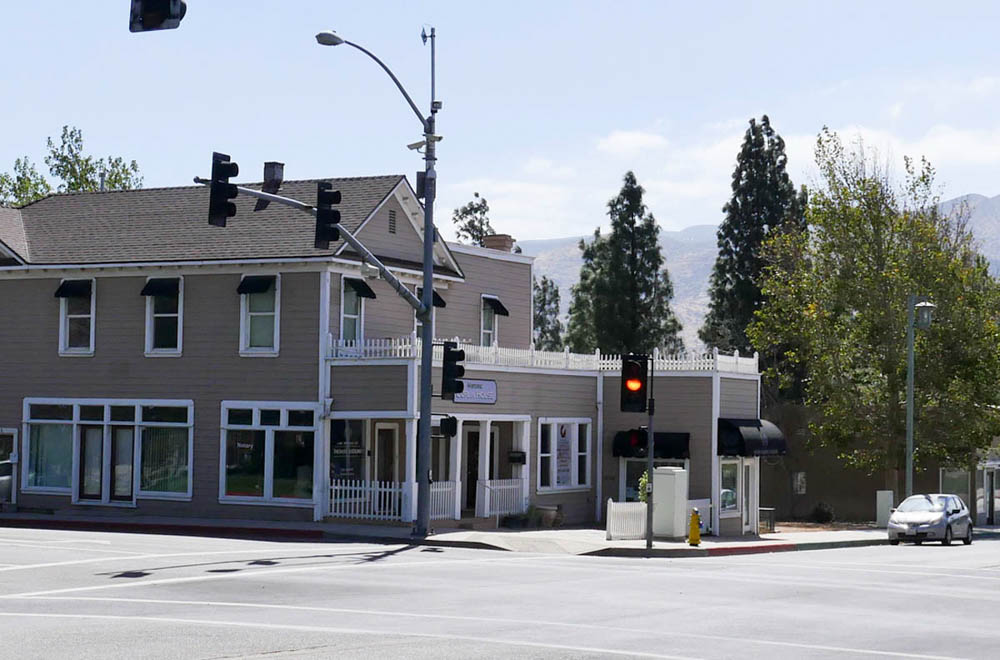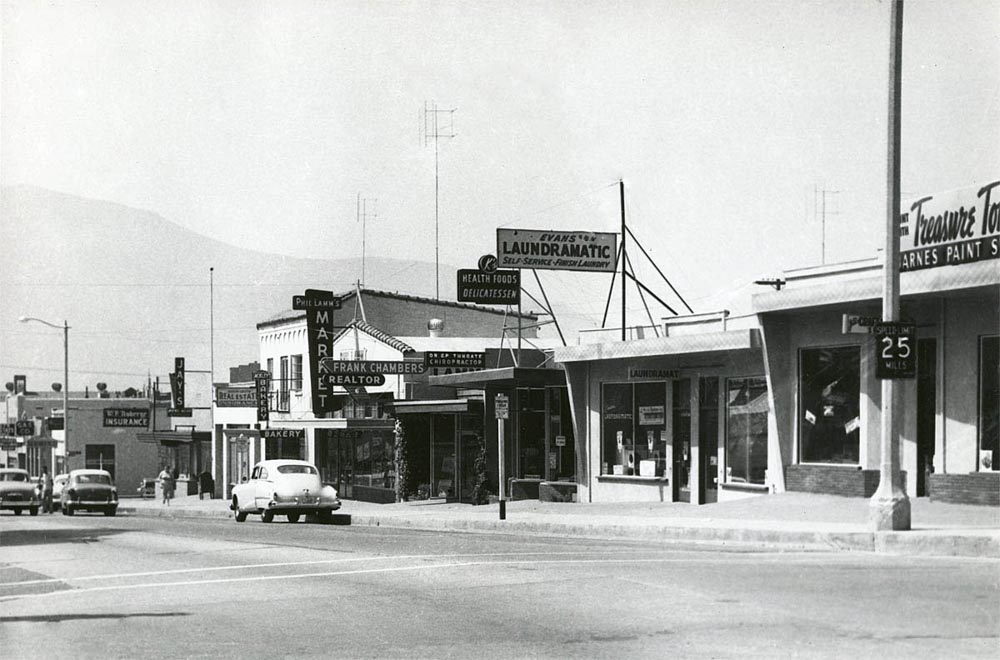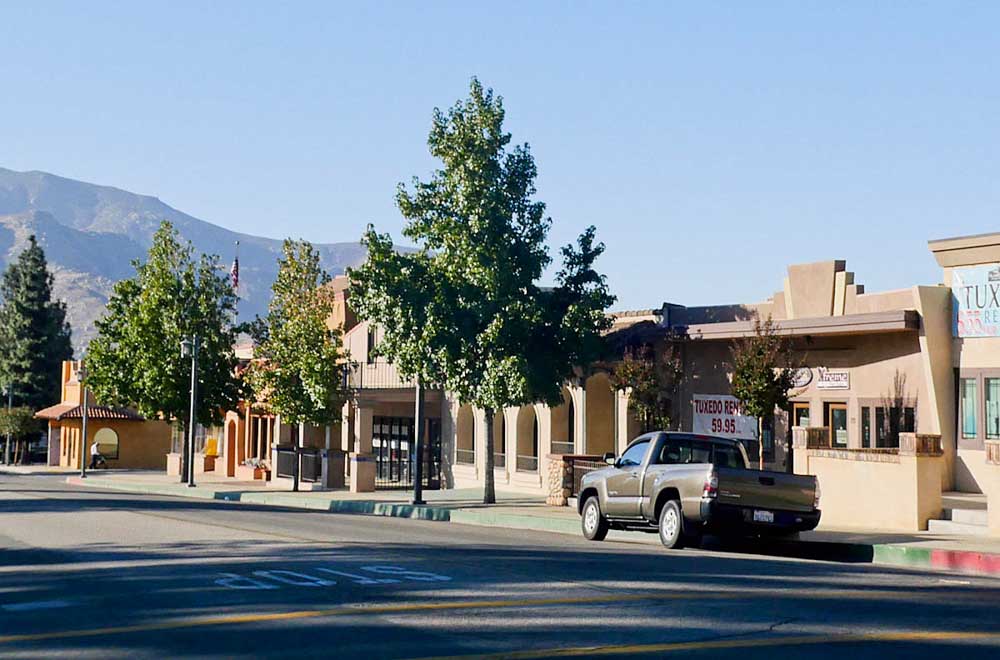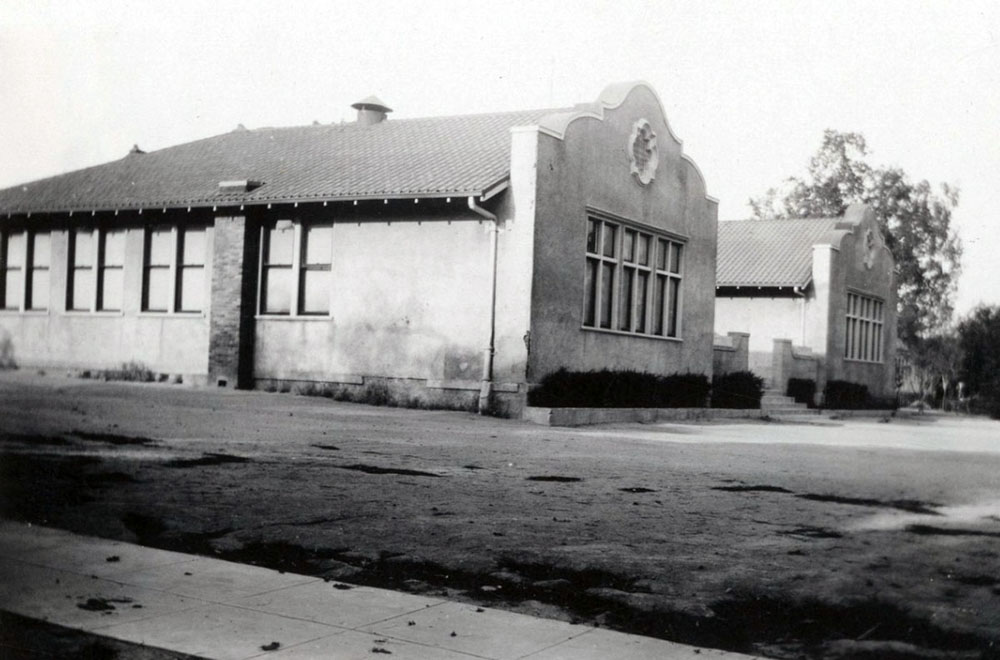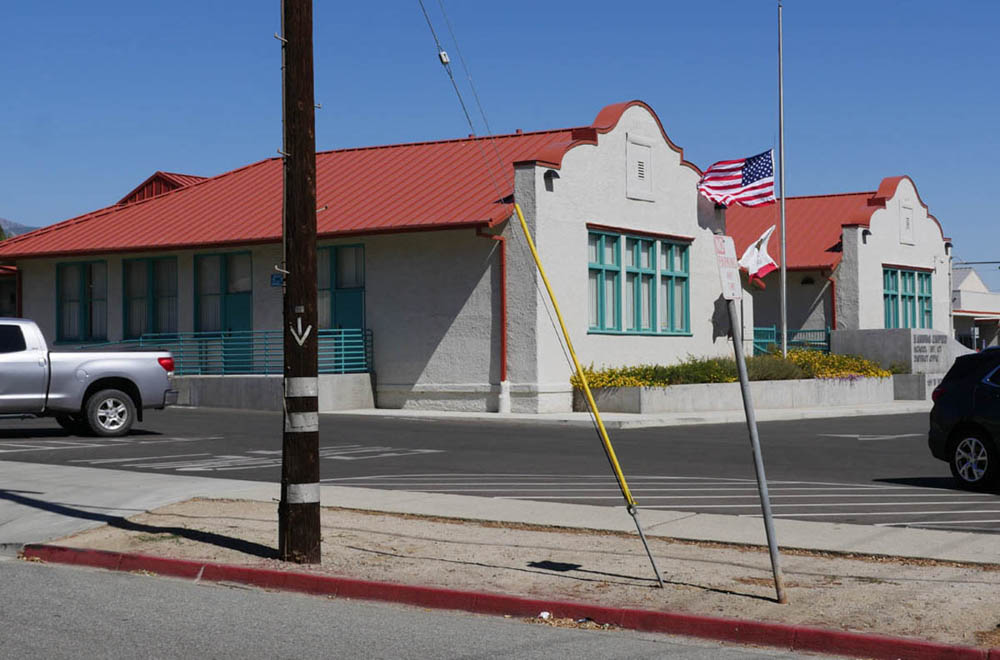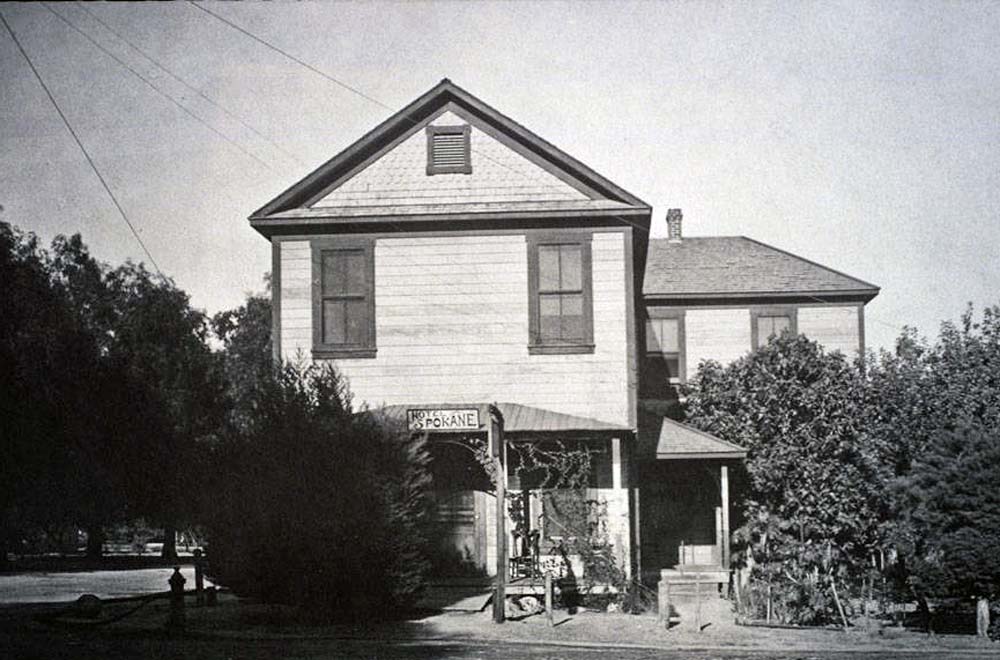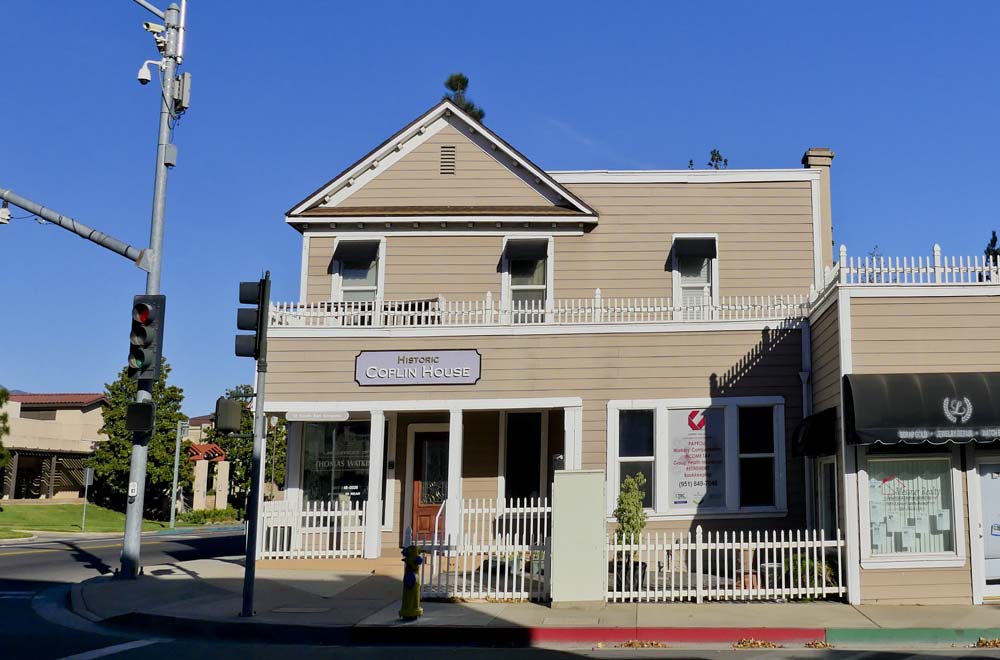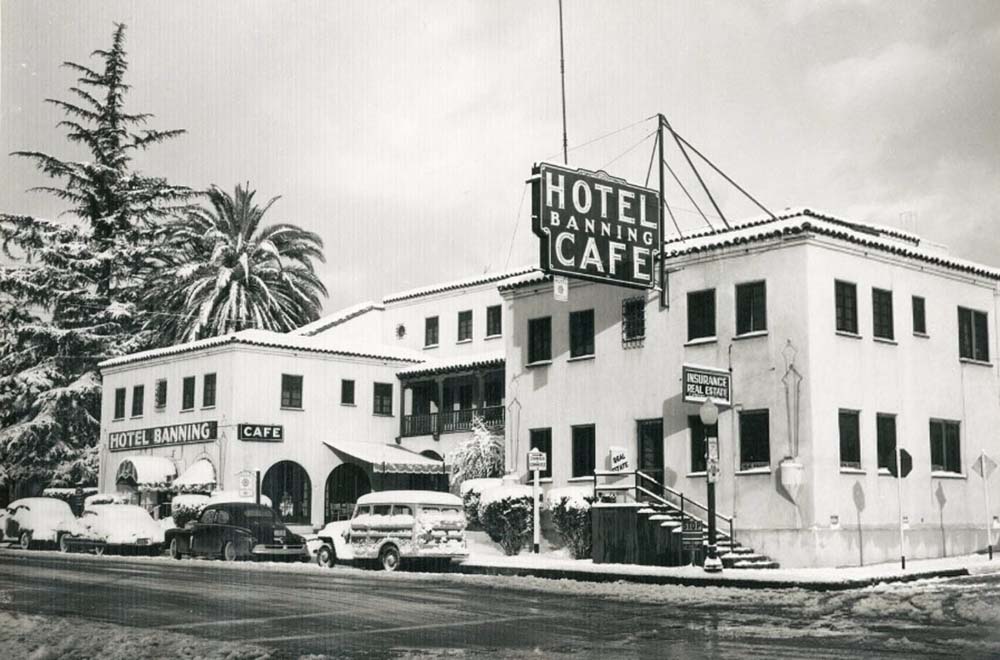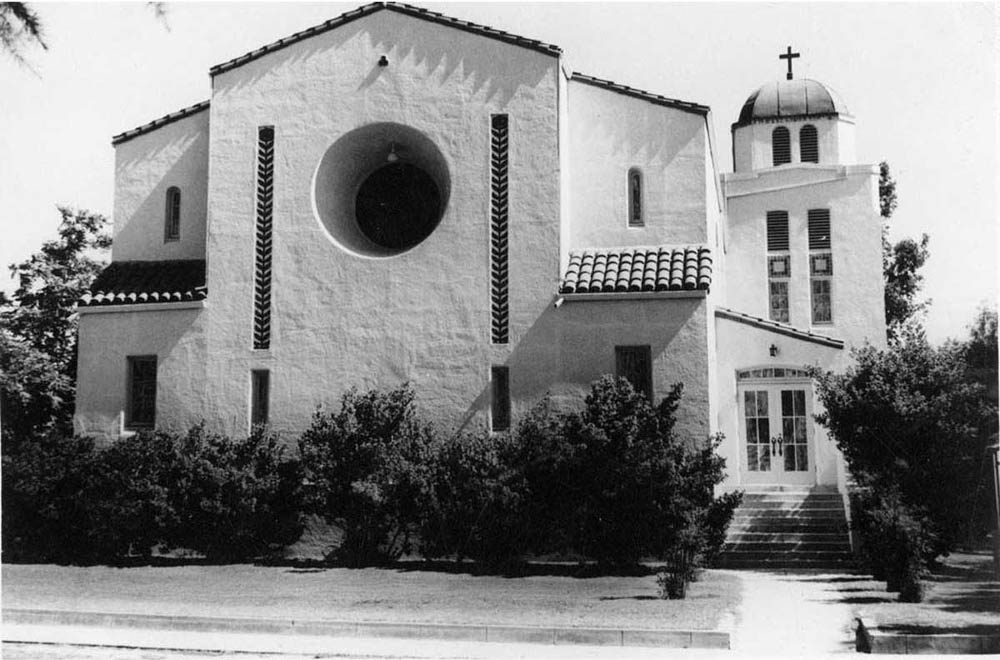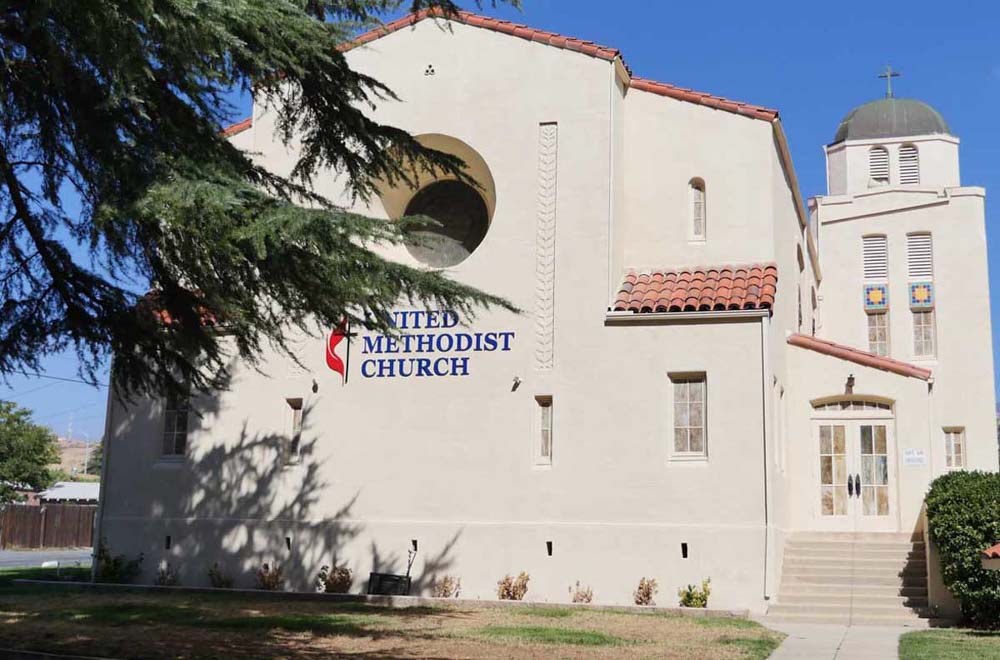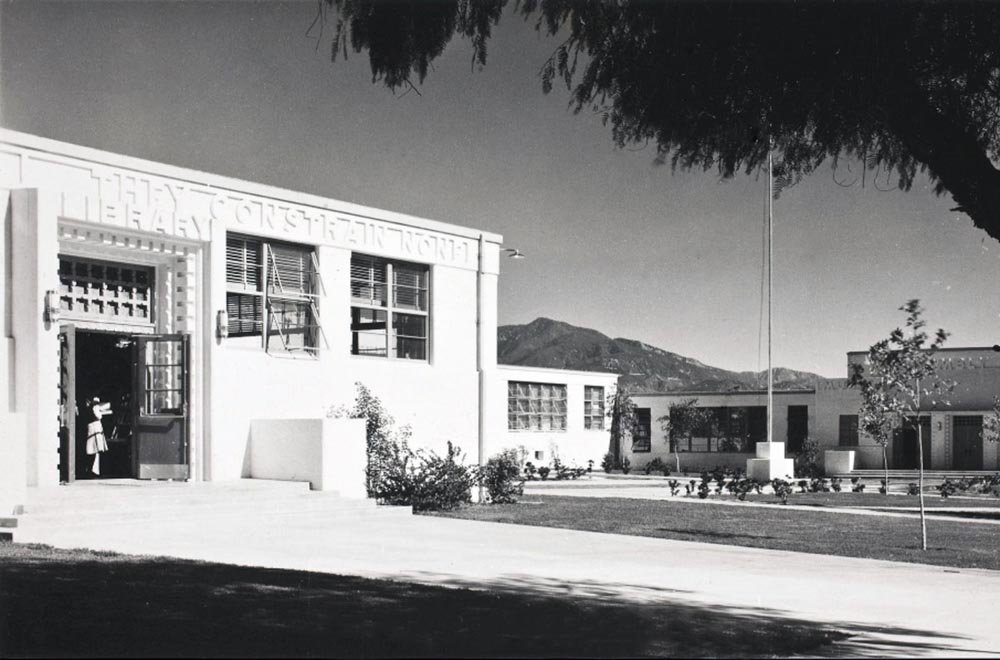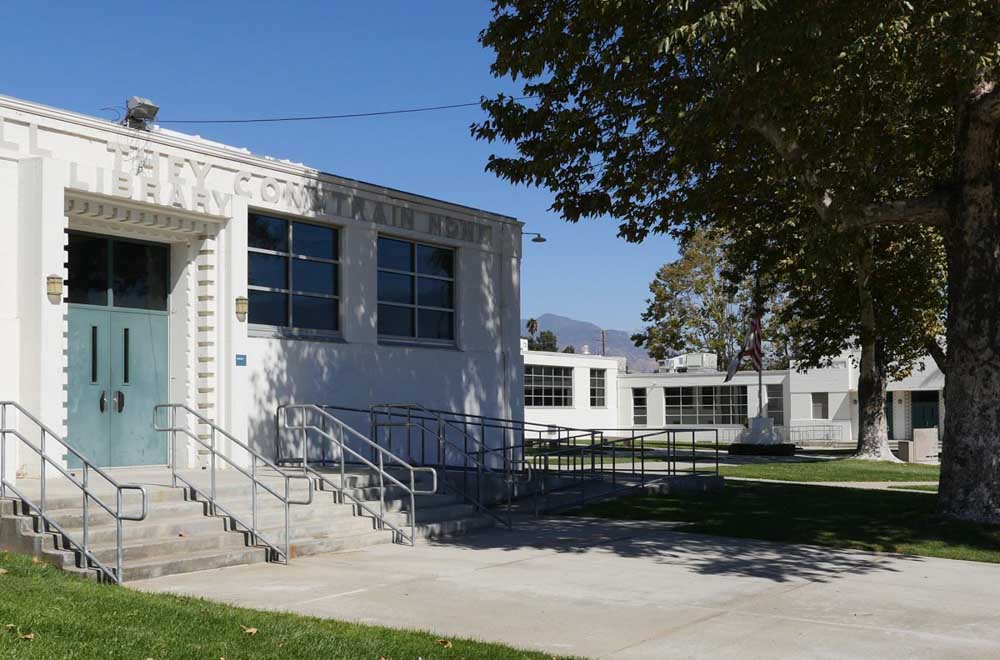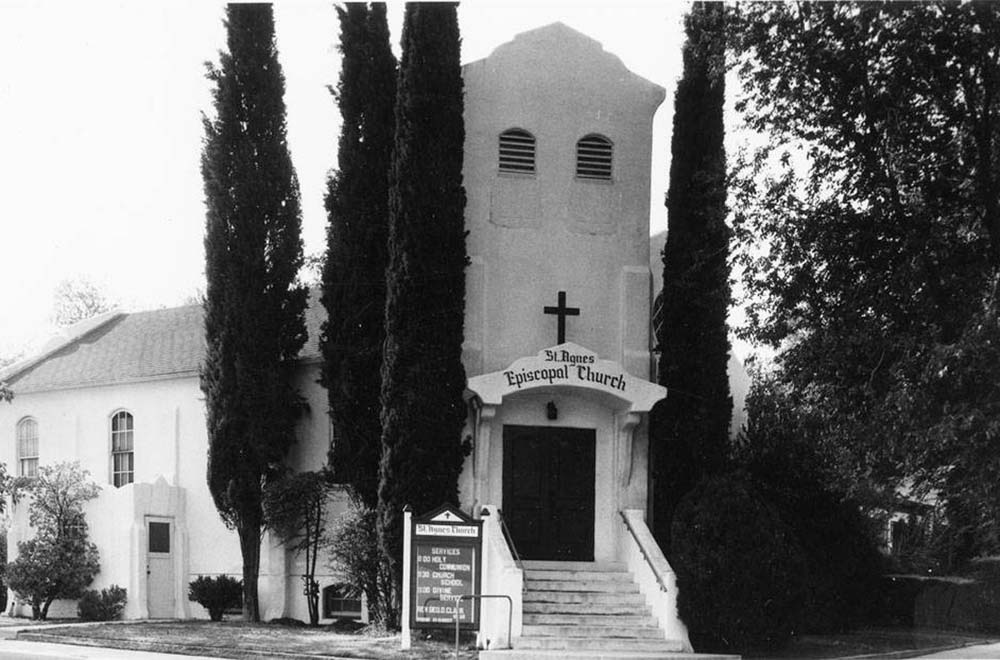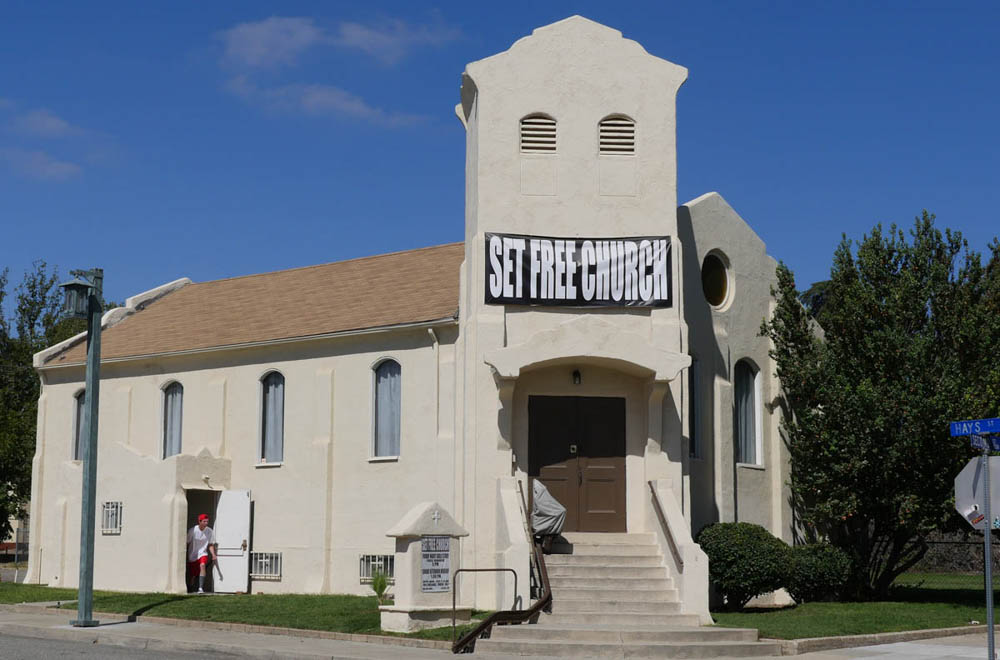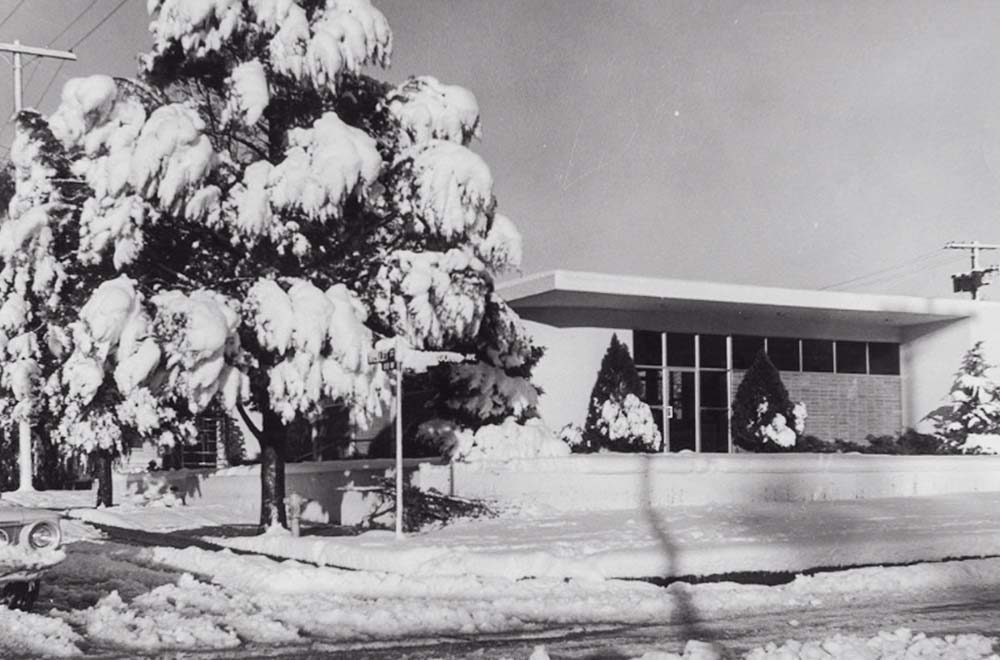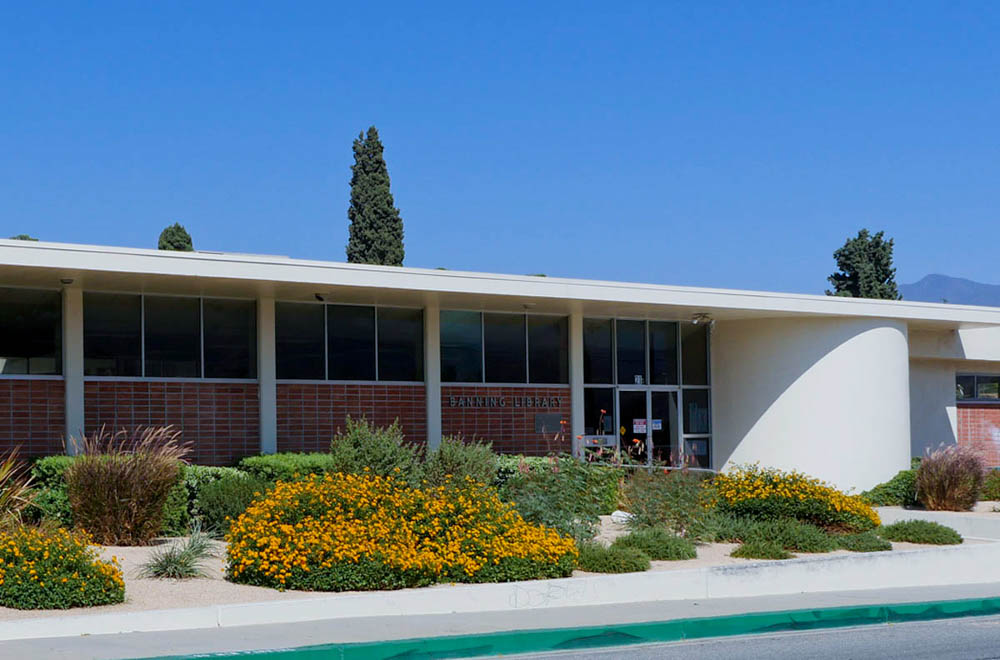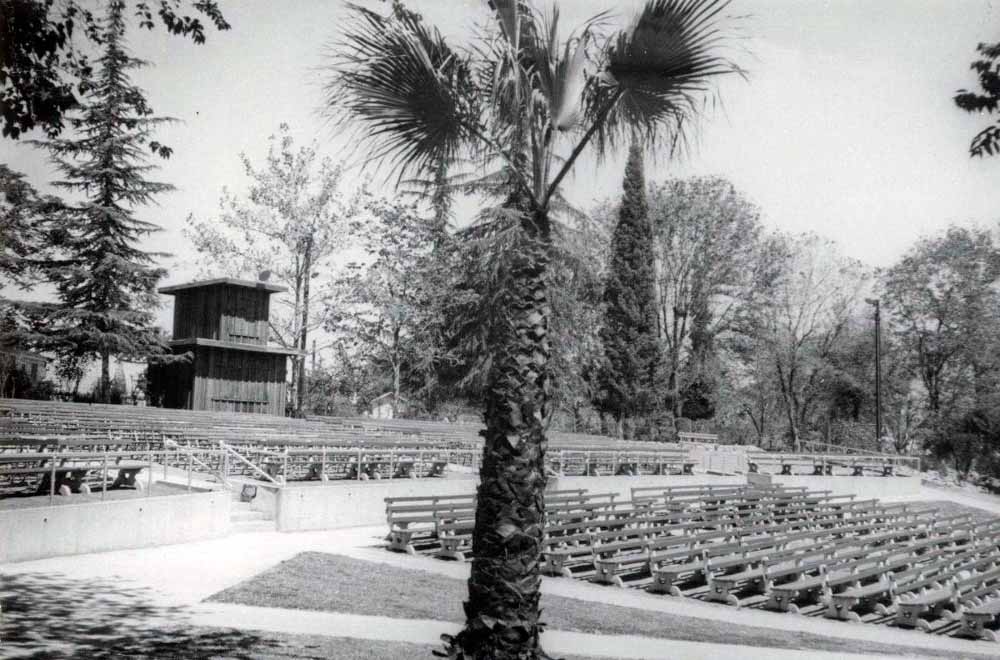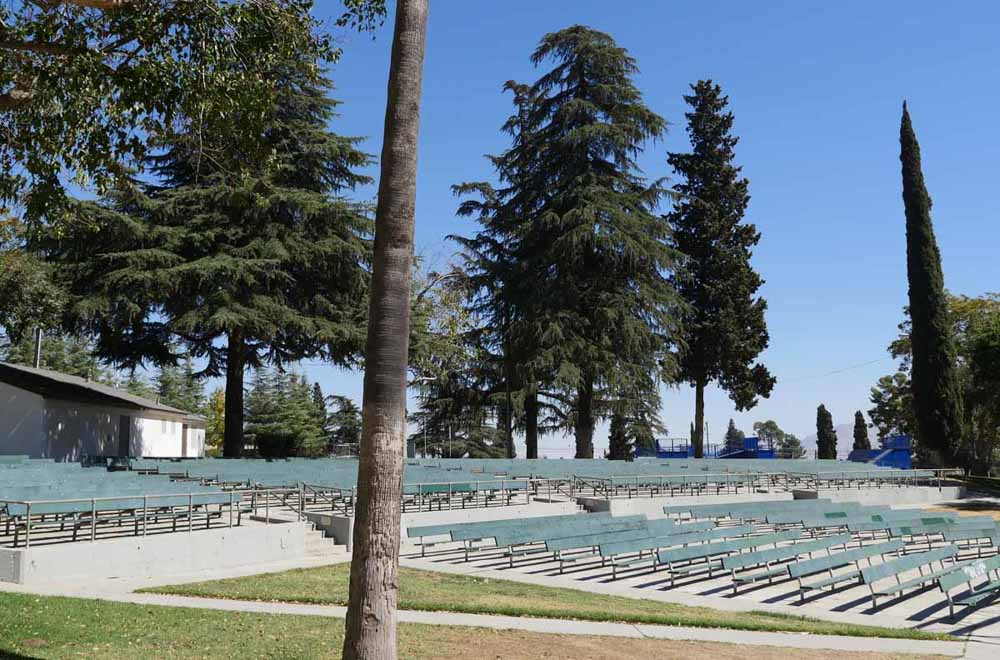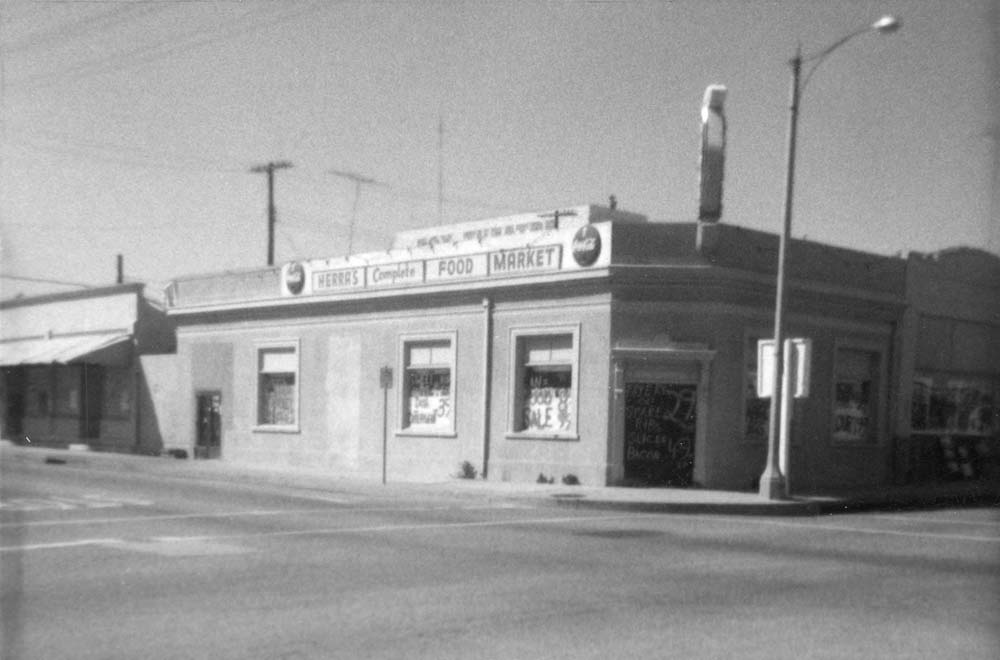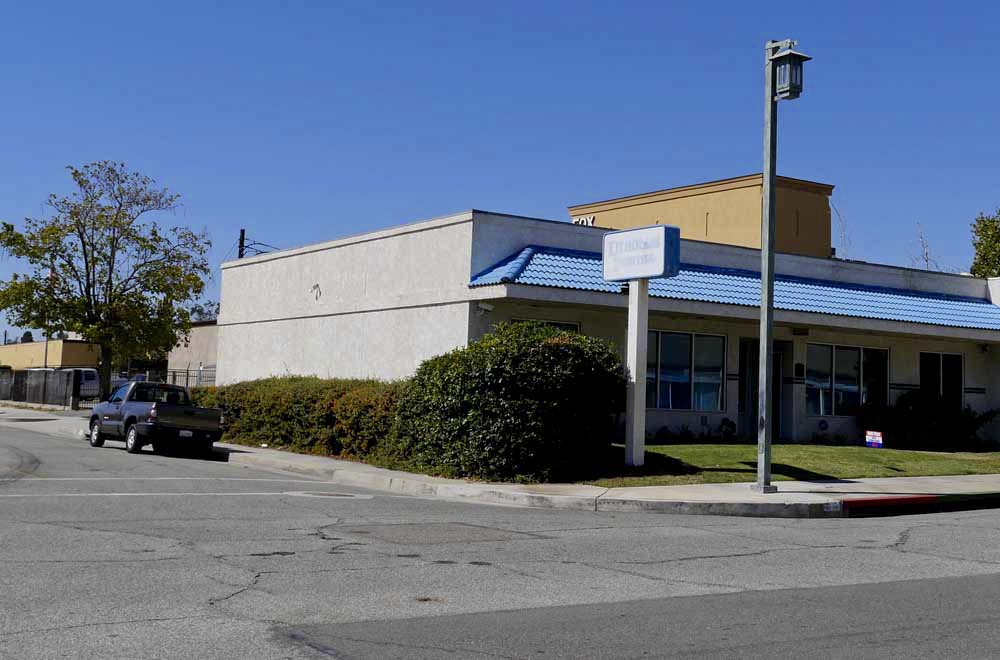City of Banning Over the Years
This image galleries below are a series of old photos from the Banning Library District local history collection followed by an image showing what it looks like today (some images have been cropped and restored for formatting and presentation purposes). Click on the (original image) in the caption for a link to the original image on the Image Reference Page
Downtown Banning has changed location over the years. Originally Livingston Street was the main street east to west , and San Gorgonio Ave. north and south of the railroad tracks.
Some of the buildings built in the early 1900s are still standing today. The Banning Hotel, Fox Theatre, and Coplin House (Spokane Hotel) have been fully restored.
General Phineas T. Banning
The City is named in honor of General Phineas T. Banning, who freighted over the Mormon trail from Salt Lake to San Bernardino and Los Angeles. General Banning also figures prominently in the history of the town of Wilmington, California. He developed a shipping company there between San Pedro and Los Angeles, as well as operating the stage line from Wilmington to Yuma, Arizona through the Banning Pass. ( City-of-Banning-History )
Banning History Time Line
- 1774Various tribes of Indians, notably the Serano and Cahuilla, were well established in the region when Mexican and Spanish expedition reached the area. ( City-of-Banning-History )
- 1824The San Gabriel Mission Fathers established a branch of the Mission at the highest point in the Pass, along the foothills northwest of Banning, where they raised cattle, sheep and pursued land cultivation. By that time, the area was known as Rancho San Gorgonio, so named by the padres after Street Gorgonio, A Latin martyr.
- 1853The first white settler to reach the area was Dr. Isaac Smith . He built a ranch on the stage line near Highland Springs known as Smiths Station.
- 1854Banning's first permanent landmark, an adobe house, was built on a tract of land now known as the Gliman Ranch. It was used as a stage stop by the Colorado Stage & Express Line.
- 1865Established in 1865, the Morongo Indian Reservation was one of nine small reservations created by President Ulysses S. Grant by executive order in 1876. ( Morongo History )
- 1869John Gilman bought a 160-acre ranch with 200 head of cattle from Newton Noble. Gilman raised livestock for a time, then tried dry farming, growing wheat and barley, and eventually fruits and nuts. He also maintained the stage stop. ( Historic Gilman Ranch - History )
- 1875The Southern Pacific Railroad was constructed through Banning in 1875 and 1876 with stops in Beaumont and Cabazon. Much of the workforce on the railroad were men of Mexican descent. Some of the areas of Chancla and Sapo (south Banning Barrios) were used for housing for the railroad workers.
- 1877The first school in Banning was conducted in a small frame building located in the northern part of the town
- 1877The Banning Post Office was officially established on October 11, 1877. The post office for many years was maintained at different store buildings. It wasn't until 1894 that the post office became a separate establishment.
- 1878The Southern Pacific Railroad built a Banning station and installed an agent and telegraph operator.
- 1883 In 1883 C. W. Filkins of Riverside came to Banning and bought some land, and in 1884 the Banning Land Company and the Banning Water Company were formed
- 1884In 1884 a hotel, called the Bryant house, was built at Banning. At this time there was a store , a post office, a saloon, the depot, with telegraph station, and a schoolhouse. The store did a very extensive business, acting also in the capacity of bank.
- 1888The first Banning newspaper, the Herald, published newspapers from 1888 to 1895. Since 1908 the Record (currently the Record Gazette) has been publishing and delivering newspapers to the San Gorgonio Pass.
- 1890When the St. Boniface Indian/Industrial School opened on September 1, there were 125 students enrolled. The school would ultimately educate some 8,000 students in its 88 year history. ( St Boniface History )
- 1905 The Southwestern Telephone Company of Redlands extended their telephone lines to Banning
- 1910John Repplier planted evergreens from 1910 to 1913 along North San Gorgonio Ave. and the crossing streets. By 1915 John had planted trees along 7 miles of Banning's Streets .( History of Banning Record Gazette)
- 1911Banning women organized the first Parent Teacher Association with the idea of bringing the school and home closer together.
- 1913With a population of 500, Banning becomes an incorporated city. ( History of Banning Wiki )
- 1923Wiefel and Sons install the first radios in Banning. They could pick up stations as far away as Atlanta, Georgia.
- 1927 Land owners donated 8 acres to the city for the future site of Sylvan Park.
- 1928 The Banning Fox Theatre opened on May 23, 1928, with the world premiere of Buster Keaton's "Steamboat Bill, Jr."
- late 1940sBob Hope broadcast several of his NBC radio programs from the Banning Theater (currently the Banning Fox Cineplex Theatre) and had numerous entertainers as guests on his show.
- 1950 Richard Nixon. Nixon was in Banning on May 8, 1950, campaigning for his senate race from his "Woodie" station wagon at an assembly gathered on South First Street.
- 1960Interstate 10 was constructed . Most of the "El Sapo" and "Chunkla" barrios were torn down to make room for the freeway.
Links to Banning History
